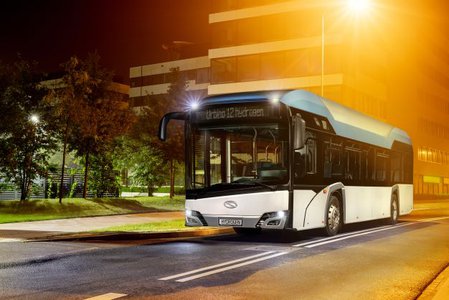





-
Application
- Industry
- Heating industry
- Individual solutions
- Law regulations
- Certification
- Research and development
- Public perception
- Investment map
-
Transport
- Hydrogen buses
- Hydrogen trains
- Special vehicles
- Law regulations
- Certification
- Research and Development
- Public perception
- Investment map
-
Production
- Technology
- Green hydrogen from Renewable Energy Sources
- Grey hydrogen
- Hydrogen production from biomass
- Law regulations
- Certification
- Research and development
- Public perception
- Investment map
-
Transmission, Storage



Cookies
Informujemy, iż w celu optymalizacji treści dostępnych w naszym serwisie, dostosowania ich do Państwa indywidualnych potrzeb korzystamy z informacji zapisanych za pomocą plików cookies na urządzeniach końcowych użytkowników. Pliki cookies użytkownik może kontrolować za pomocą ustawień swojej przeglądarki internetowej. Dalsze korzystanie z naszego serwisu internetowego, bez zmiany ustawień przeglądarki internetowej oznacza, iż użytkownik akceptuje stosowanie plików cookies. Czytaj więcej Polityka prywatności
Transport
Trolleybuses from Poland change public transport in Riga
The Polish-Spanish Solaris is one of the first companies to bet on a line of low- and zero-emission buses. On the order of Latvian public transport operator Rigas satiksme Solaris delivered a special model of trolleybus with hydrogen commuter drive (so-called range extender). The 10 eco-friendly vehicles started running in Riga in March 2020.The pilot implementation of hydrogen technology in Latvia was carried out as part of the H2Nodes project, half-funded by the European Union under the Connecting Europe Facility (CEF) programme. The challenge for the manufacturer and the city authorities was to create a modern vehicle, which without major changes in the city's infrastructure will replace the diesel trolleybuses operating in Riga so far. This required, among other things, adaptation of the specification to the existing traction and the cramped conditions of the older parts of the city, where traditional trolleybuses used to run. According to the plan, the hydrogen cell drive was to be able to travel up to an additional 100 km on a single charge outside electrified areas.
The supplier that met all the conditions turned out to be the Polish Solaris. Already in 2017, an articulated vehicle with a length of 18.75 metres that could accommodate 135 passengers was presented at the Trako International Rail Fair. For the traction drive, manufactured by Medcom, Ballard HD7 hydrogen cells with 30 kWh batteries were additionally added. Their range in off-road driving is up to 150 km.

An important design element of the Solaris vehicle are solutions to increase the safety of operation in urban conditions. From the vehicle's refuelling connection there is only one hydrogen pipe to minimise the risk of unsealing the system. The bus is also equipped with sensors monitoring possible hydrogen leakage and crash sensors. For example, if the trolleybus does not fit under a too low structure, the sensors are designed to immediately cut off the gas supply.
After delivery to Riga, the new trolleybuses made as many as 1,000 km of test runs in urban conditions before being put into service. Rigas satiksme is creating new standards and good practices for zero emission mobility in European cities by implementing innovative trolleybuses. The Latvian operator is already planning to purchase a further 10 vehicles to gradually replace the old fleet. Although the solution already seems to be working in the conditions of a busy metropolis, high purchase costs of the vehicles themselves may be a barrier to entry for other cities. It is therefore necessary to continue government and EU programmes supporting zero-emission transport and to maintain preferential conditions for local governments.
https://www.h2nodes.eu/images/201021-H2Nodes-M19-Procurement-FCEVs-final.pdf
Redakcja





